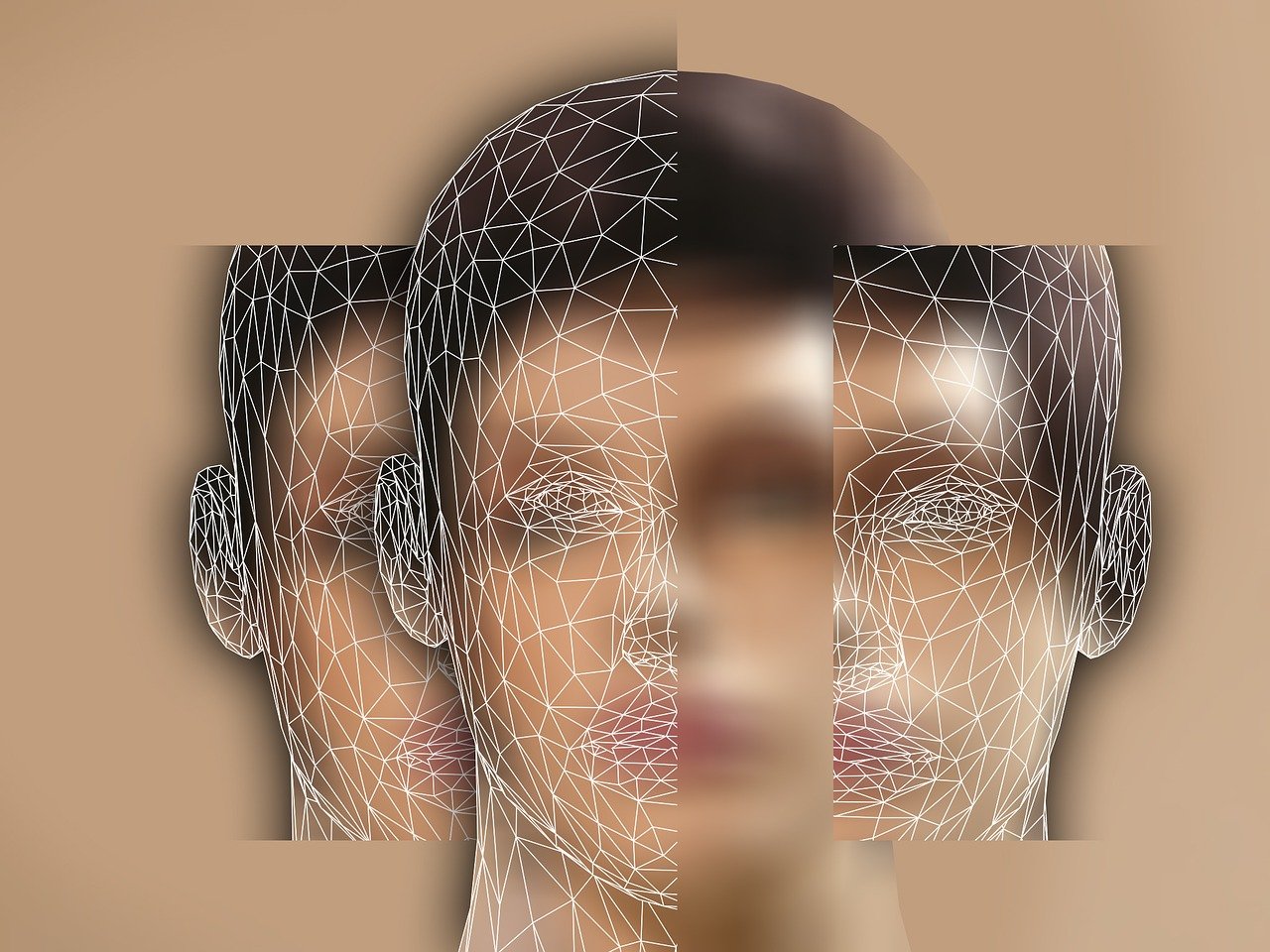What does Morgellons disease look like, and what are the treatments?
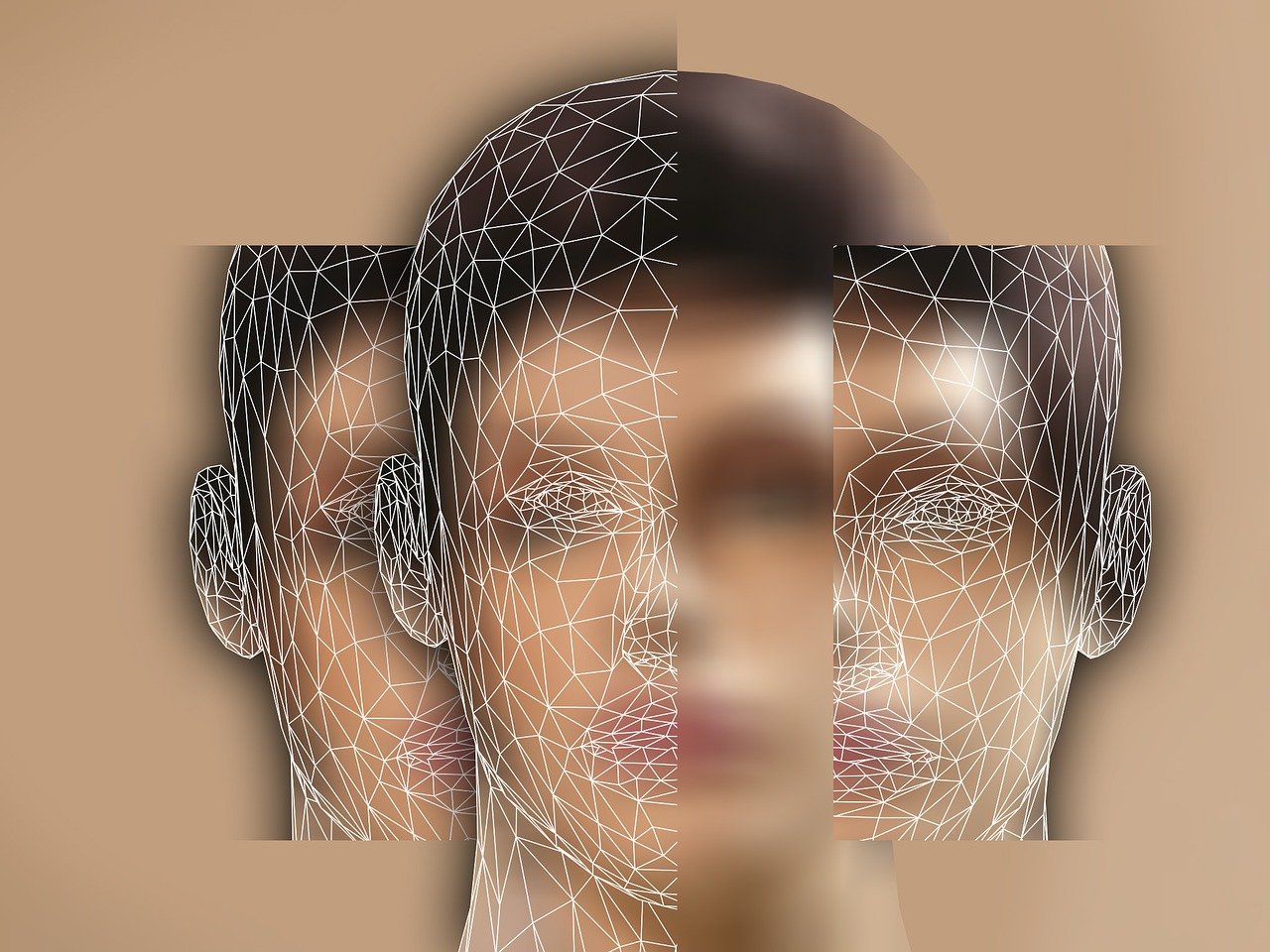
Morgellons Disease is a rare and poorly understood skin condition characterized by fibers or objects embedded in or protruding from the skin. The disease is often accompanied by other symptoms such as itching, crawling sensations, and fatigue. It is one of rare mental disorders.
How many people have been diagnosed with Morgellons disease?
According to the Morgellons Research Foundation (MRF) website more than 14000 affected families have been reported till 2009.
The history of Morgellons disease is complex and controversial. The first recorded case of the disease was in 1674 when an English physician named Thomas Willis described an ” infested ” patient with fibers that emerged from their skin. The term “Morgellons” was first used in 2002 by Mary Leitao, a mother who rejected the medical diagnosis of her son’s delusional infestation, a mental disorder in which a person believes that they are infested with parasites or insects. She chose the name from a letter from a 17th-century physician who described similar symptoms in his patients.
In 2006, the U.S. Centers for Disease Control and Prevention (CDC) began investigating Morgellons disease. In 2012, the CDC released a report that concluded that Morgellons disease was not a new disease but rather a form of delusional parasitosis. The report also found that the fibers found in the skin of Morgellons patients were likely cotton or other common materials.
However, many researchers and patients disagree with the CDC’s findings. They argue that Morgellons disease is a real and distinct condition caused by an infectious agent. They also point out that the CDC’s study was flawed and that the fibers found in the skin of Morgellons patients are not cotton but rather a complex mixture of materials that includes keratin, collagen, and other organic substances.
The controversy over Morgellons disease continues today. There is no consensus on the cause of the disease, and there is no cure. However, some treatments can help to relieve the symptoms of the disease.
Morgellons Disease Symptoms:
The symptoms of Morgellons disease vary from person to person, but they may include:
Skin rashes or sores that can cause intense itching, burning, or stinging sensations. The sores may be open, crusty, or scaly and ooze or bleed. They may also heal slowly or recur frequently.
Crawling sensations on or under the skin are often compared to insects moving, biting, or burrowing. Some people also report feeling vibrations, electric shocks, or pulses. These sensations may occur anywhere on the body but are more common on the face, scalp, arms, legs, or genitals.
Fibers, threads, granules, crystals, or other objects emerging from the skin or embedded in the sores.
What are Morgellons fibers made from?
Based on current evidence, it is highly probable that the enigmatic Morgellons fibers originate from keratinocytes, and it is very likely that these fibers are primarily composed of keratin.
The fibers may be of various colors, such as red, blue, black, white, or green. They may be thin, thick, curly, straight, or twisted. They may also move, twitch, or contract. The objects may be metallic, plastic, glass, or organic. They may be shaped like worms, insects, seeds, or specks.
Difficulty concentrating, memory loss, confusion, or brain fog. Some people with Morgellons disease report having cognitive impairments, such as trouble focusing, remembering, or thinking clearly. They may also experience mood swings, depression, anxiety, or paranoia.
Fatigue, weakness, joint pain, muscle pain, or headaches. Some people with Morgellon disease report having physical symptoms, such as feeling tired, weak, or achy. They may also suffer from chronic pain, inflammation, or migraines.
These symptoms may affect the quality of life, self-esteem, and social functioning of the people who suffer from Morgellon disease. They may also cause distress, frustration, or isolation, as others may not recognize or understand them.
What is Morgellons disease 2023?
A mysterious skin disease having symptoms including non-healing,lesions,itching and emergence of fibers.
Morgellons Disease Causes
What is Morgellons disease caused by?
The exact cause of Morgellon disease is unclear, as different studies have yielded conflicting results. Some possible causes or risk factors are:
1-Lyme disease is a bacterial infection transmitted by ticks.
Some people with Morgellon disease claim that they have tested positive for Lyme disease or have been exposed to ticks. However, no conclusive evidence exists that Lyme disease causes or is related to Morgellon disease.
2-A genetic mutation or a weakened immune system.
Some studies have suggested that some people with Morgellon disease may have a genetic mutation that affects their skin or nerve cells or a compromised immune system that makes them more susceptible to infections or inflammation. However, these findings are not consistent or conclusive, and more research is needed to confirm them.
Is Morgellons disease psychological ?
3-A delusional mental disorder.
Some doctors and researchers consider Morgellon disease a form of delusional parasitosis, a condition in which a person has a false belief that they are infested with parasites or other organisms. The sores are typically the result of compulsive scratching, and the fibers or objects are usually from clothing, bedding, or environmental sources.
More research is needed to better understand and explain the cause of Morgellon disease.
Stages of Morgellons disease
Morgellons disease is a controversial and poorly understood skin condition some people believe is caused by fibers or objects in their skin. The medical community does not widely recognize or accept the condition, and there is no definitive diagnosis or treatment.
However, some researchers have proposed a classification and staging system for Morgellons disease based on the clinical and histopathological features of the skin lesions. According to this system, there are four clinical classes of Morgellons disease, ranging from I to IV, depending on the lesions’ number, size, and distribution.
Based on the histopathological findings, clinical classes I-IV of Morgellons disease are further categorized as mild, moderate, and severe, or stages A, B, and C.
Stage A lesions demonstrate little or no immune infiltrates and little or no disorganization of cells; macrophages are not present, and hemorrhage is negligible.
Stage B lesions show some noticeable inflammation and skin that may be sore and appear thicker in places; macrophages are present, and hemorrhage is minimal.
Stage C lesions have visible ulcers, inflammation, and possible bleeding from wounds; macrophages are abundant, and hemorrhage is moderate to severe.
The classification and staging system of Morgellons disease may help to better understand and compare the different cases of the condition and evaluate the effectiveness of various treatments. However, more research is needed to validate and refine this system and explore the possible causes and mechanisms of Morgellons disease.
Pictures of Morgellons Disease
Stage A
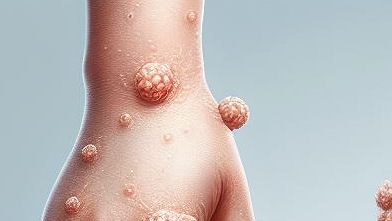
Stage B
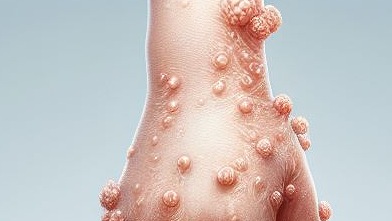
Stage C
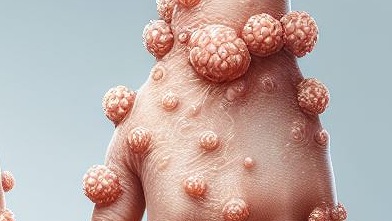
Morgellon Disease Diagnosis
Morgellon disease is a controversial and poorly understood skin condition some people believe is caused by fibers or objects in their skin. The diagnosis of Morgellons disease is challenging, as there is no definitive test or criteria to confirm it. The diagnosis is usually based on the patient’s self-reported symptoms, medical history, and physical examination. Some doctors may also perform skin biopsies, blood tests, or urine tests to rule out other possible causes of the symptoms, such as infections, allergies, or autoimmune diseases. However, these tests may not be conclusive or reliable, as they may be affected by contamination, false positives, or false negatives.
Some doctors and researchers consider Morgellon disease a form of delusional parasitosis, a condition in which a person has a false belief that they are infested with parasites or other organisms. They may treat the condition with antidepressants, antipsychotics, or cognitive behavioral therapy. Other doctors and researchers think Morgellons disease may be related to an infectious process in skin cells, such as Lyme disease or a bacterial infection. They may treat the condition with antibiotics, antifungals, or antiparasitics. However, there is no proven cure or standard protocol for Morgellons disease, and the treatment options may vary depending on the doctor’s approach, the patient’s preferences, and the severity of the symptoms.
Morgellons Disease Treatments
The treatment of Morgellon disease is controversial, as there is no proven cure or standard protocol for it. The treatment options may vary depending on the doctor’s approach, the patient’s preferences, and the severity of the symptoms. Some possible treatments include:
Antipsychotics, antidepressants, or anti-anxiety medications. These drugs may help reduce the delusions, hallucinations, or distress associated with Morgellon disease. They may also improve the patient’s mood, sleep, and quality of life. However, these drugs may have side effects, such as weight gain, drowsiness, or sexual dysfunction. They may also not be effective for everyone or may cause dependence or withdrawal symptoms.
Cognitive behavioral therapy, counseling, or support groups. These forms of psychotherapy may help the patient cope with the emotional and psychological aspects of Morgellons disease. They may help patients challenge their beliefs, identify triggers, manage stress, or improve their self-esteem. They may also provide the patient with social support, empathy, or validation. However, these therapies may not be accessible, affordable, or acceptable for everyone or may not address the physical symptoms of Morgellon disease.
Antibiotics, antifungals, or antiparasitics. These drugs may help treat any underlying infections that may be causing or contributing to the symptoms of Morgellon disease. They may also help prevent secondary infections or complications from the skin sores. However, these drugs may not be effective for everyone or may cause resistance, allergies, or interactions with other medications. They may also not address the delusions or sensations of Morgellon disease.
Topical creams, ointments, or lotions. These products may help soothe, heal, or protect the skin from irritation, inflammation, or infection. They may also help reduce the itching, burning, or stinging sensations of Morgellon disease. However, these products may not be effective for everyone or cause allergic reactions, dryness, or skin staining. They may also not address the fibers or objects of Morgellon disease.
Alternative or complementary therapies. These therapies may include herbal remedies, dietary supplements, homeopathy, acupuncture, or biofeedback. They may help improve the patient’s overall health, wellness, or immunity. They may also help relieve the pain, fatigue, or stress of Morgellons disease. However, these therapies may not be scientifically proven, regulated, or safe. They may also not be effective for everyone or may cause adverse effects, interactions, or overdoses. They may also need to address the core issues of Morgellons disease.
The best treatment for Morgellons disease may depend on the individual case and the consultation with a qualified medical professional. The patient may also benefit from seeking support from others who share their experience or understand their condition.
Celebrities with Morgellons disease
In the shadowy realm of medical curiosities, Morgellons stands as a perplexing enigma, a condition shrouded in mystery and debate. Characterized by bizarre cutaneous sensations, inexplicable fibers emerging from the skin, and a constellation of debilitating symptoms, Morgellons has captured the attention of the medical community and the public alike. While its etiology remains elusive, its impact on those afflicted is undeniable, casting a pall of suffering and isolation.
Among those touched by Morgellons, a few notable figures have bravely stepped forward, their voices echoing through the corridors of skepticism and disbelief.
These individuals, from diverse backgrounds and walks of life, serve as testaments to the enigmatic nature of Morgellons, their experiences shedding light on the profound impact this condition can have on its victims.
1. Fiona Broome
A beacon of hope and resilience, Fiona Broome emerged as a leading voice for the Morgellons community. She tirelessly advocated for recognition and research with unwavering determination, propelling Morgellons into the public eye. Broome’s unwavering commitment to her fellow sufferers inspired a movement, galvanizing others to share their stories and challenge the prevailing narrative of delusion
2. Deborah Goldschmidt
A pioneer in Morgellons research, Deborah Goldschmidt dedicated her career to unraveling the complexities of this baffling condition. With meticulous scientific rigor, she delved into the biological underpinnings of Morgellons, her findings challenging conventional medical wisdom and paving the way for a deeper understanding of the disease. Goldschmidt’s unwavering commitment to scientific inquiry has been instrumental in advancing Morgan’s research
3. Kim Tinkham
Kim Tinkham transformed her Morgellons experience into a poignant and powerful narrative through art. Her paintings and sculptures captured the essence of the condition’s physical and psychological torment, transcending language boundaries and conveying the depth of suffering. Tinkham’s artistic expression served as a bridge between the afflicted and the unaffected, fostering empathy and understanding
4. Michael Berland
With the power of music, Michael Berland transformed his Morgellons journey into a haunting and evocative symphony. His compositions, infused with the raw emotions of affliction, resonated with those touched by Morgellons, providing solace and validation. Berland’s music served as a cathartic release, transforming pain into art and connecting others through shared experience.
5. David T. Weaver
In literature, David T. Weaver penned a poignant and insightful memoir documenting his battle with Morgellons. His words painted vivid portraits of the condition’s debilitating symptoms and its profound impact on his life. Weaver’s literary prowess transformed his experience into a universal tale of resilience and the indomitable spirit of the human will.
6. Cindy Kahl
Emerging as a beacon of self-advocacy, Cindy Kahl fearlessly shared her Morgellons journey, challenging societal stigma and misconceptions. Her unwavering voice resonated with others grappling with the condition, empowering them to speak their truth and demand recognition. Kahl’s advocacy efforts have been instrumental in fostering understanding and shaping public perception of Morgellons.
7. Robin O’Brien
With unwavering determination, Robin O’Brien embarked on a quest for justice, challenging the medical community’s dismissal of Morgellons. Her legal battles, though fraught with challenges, served as a testament to the resilience of the human spirit. O’Brien’s unwavering pursuit of justice has been a beacon of hope for those seeking validation and recognition.
8. Roxanne Cope
Through the power of storytelling, Roxanne Cope compiled a collection of personal narratives from fellow Morgellons sufferers. Her book, Voices of Morgellons, provided a platform for others to share their stories, dispelling myths and fostering empathy. Cope’s efforts have been a powerful community-building and mutual support instrument.
9. Jennifer Martinez
With unwavering compassion, Jennifer Martinez dedicated her life to supporting fellow Morgellons sufferers. Her online forum, Morgellons – The Next Chapter, provided a safe haven for those grappling with the condition, offering solace, information, and a sense of belonging. Martinez’s unwavering support has been a lifeline for countless individuals, fostering a sense of community and shared purpose.
10. Debi Beard
With unwavering dedication, Debi Beard emerged as a leading educator on Morgellons, dispelling myths and misconceptions through her informative website, “Morgellons: More than Just Skin Deep.” Her passion for educating others has empowered countless individuals to better understand the condition and advocate for themselves and others.
11. Lisa Shillito
Unrelenting in her pursuit of truth, Lisa Shillito conducted a personal investigation into Morgellons, meticulously documenting her findings through her blog, “The Truth About Morgellons.” Her dedication to uncovering the facts has been instrumental in shedding light on the complexities of the condition.
12. Kelly Moore
With a compassionate heart and a healing touch, Kelly Moore dedicated her career to providing holistic support to Morgellons sufferers. Her approach, centered on understanding the mind-body connection, has brought relief and hope to countless individuals. Moore’s work has been a beacon of hope in the often-desolate landscape of Morgellons.
13. Sarah A. Bell
Through her meticulous research and insightful writing, Sarah A. Bell has become a leading voice in the scientific exploration of Morgellons. Her articles and book, “Morgellons: History, Science, and Treatment,” provide a comprehensive overview of the condition and its potential causes. Bell’s work has been instrumental in advancing scientific understanding and challenging conventional perspectives.
Countless others, their names unknown to the wider world, have battled Morgellons in silence, their stories untold. Their struggles, though hidden from public view, are no less profound.
Sources of Information:

